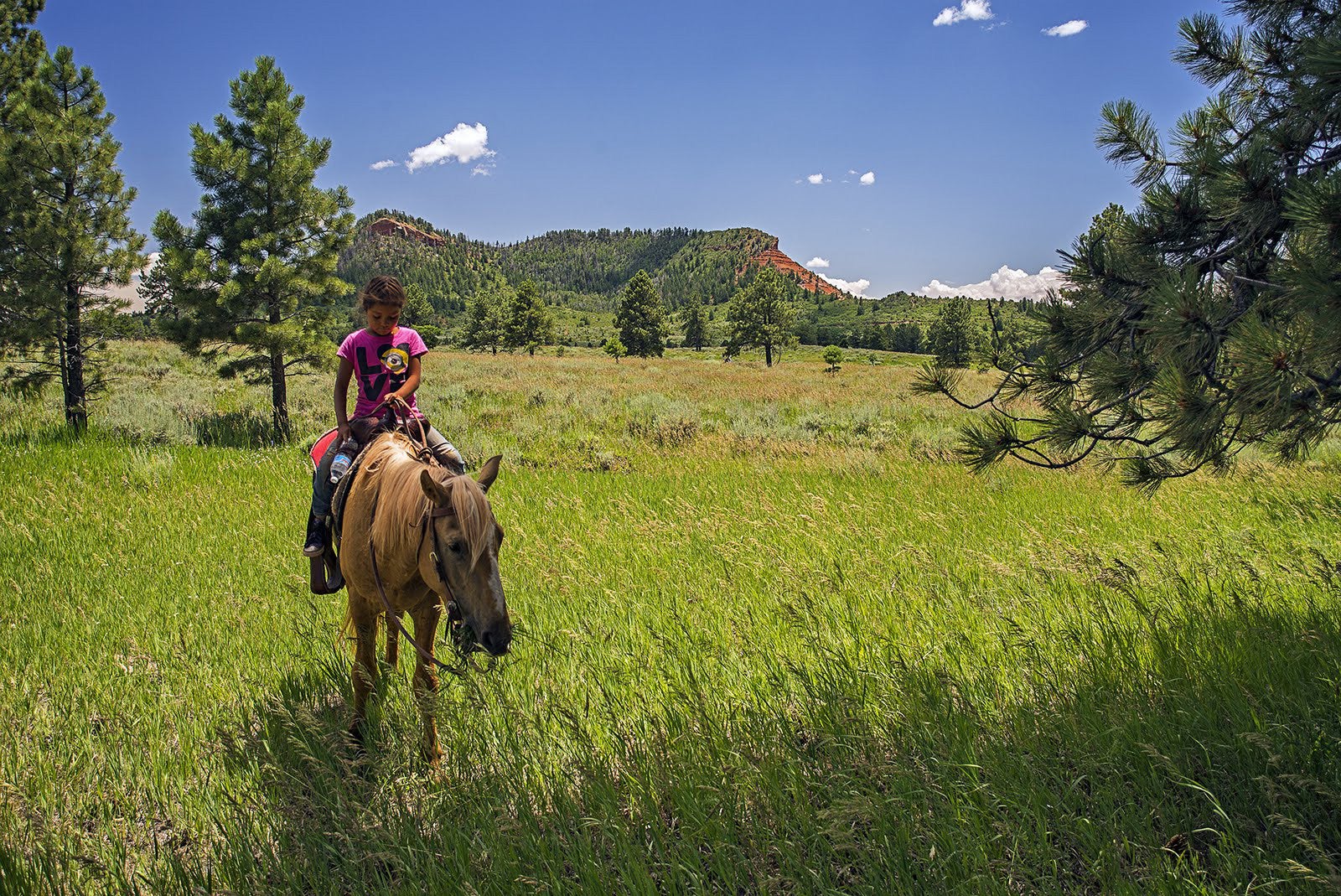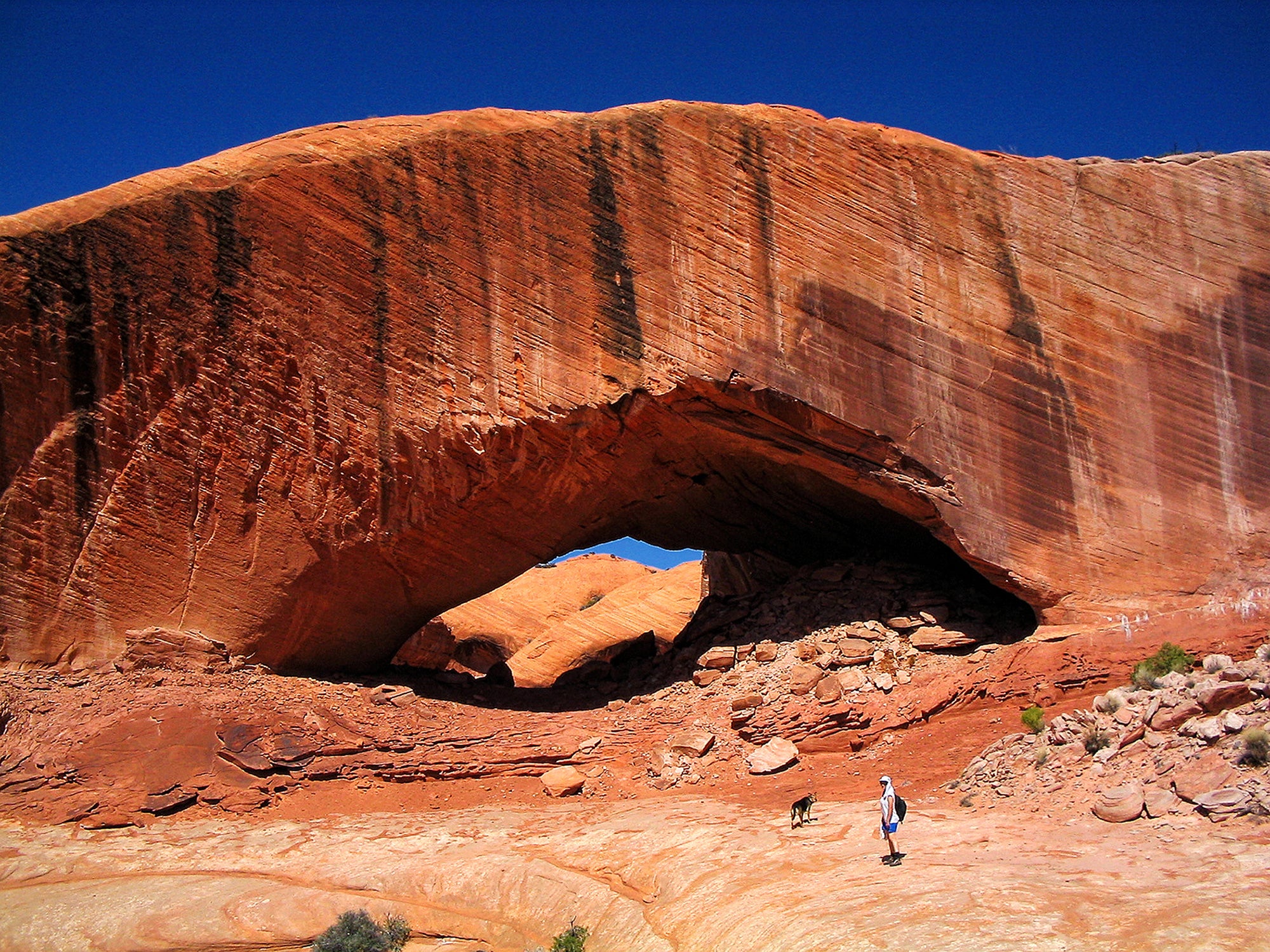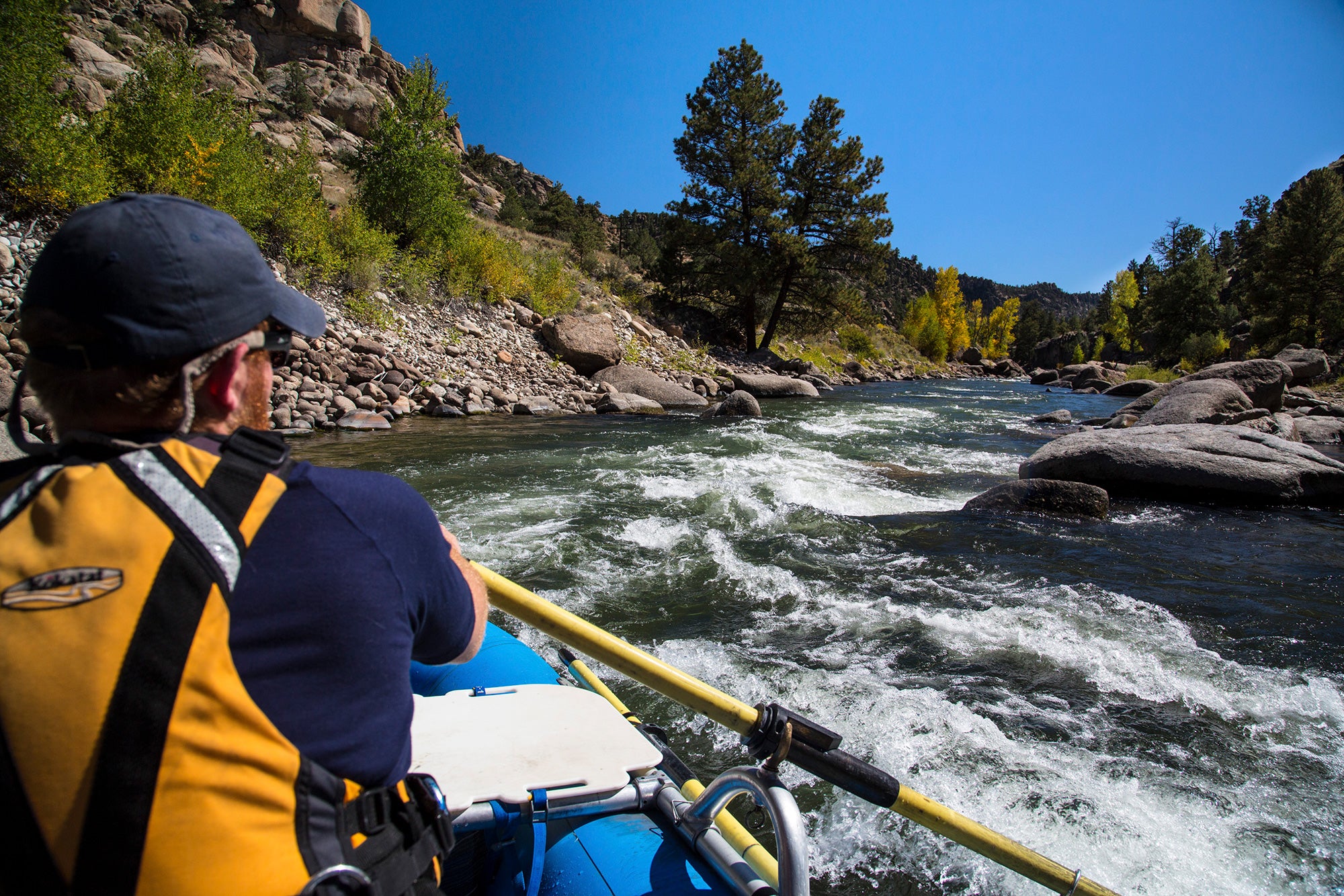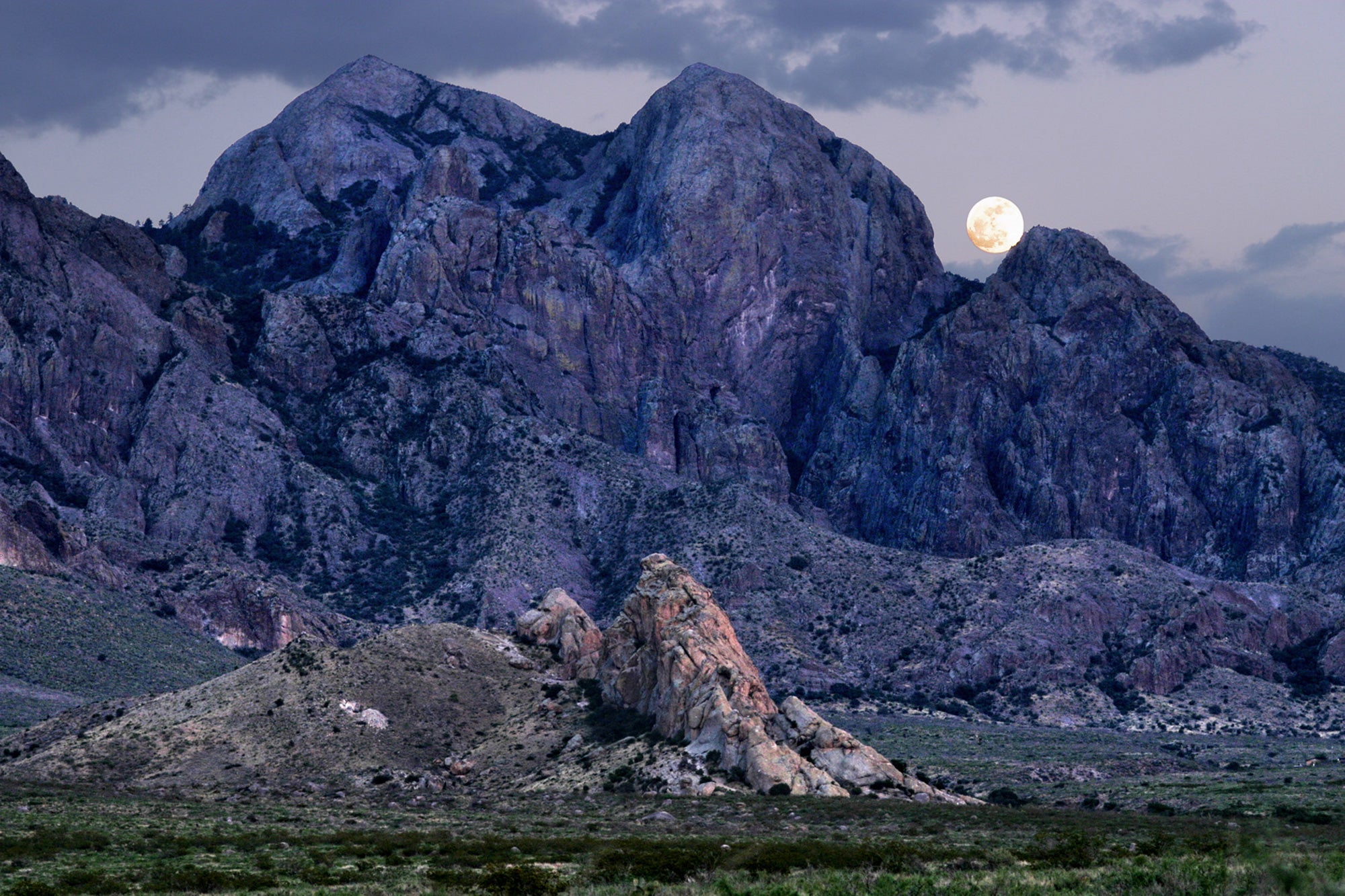Mar. 24, 2025
What You Should Know About
The Antiquities Act & National Monuments
For over a hundred years, the Antiquities Act of 1906 has protected America’s natural and historic wonders from mining, drilling, looting, and industrial development.
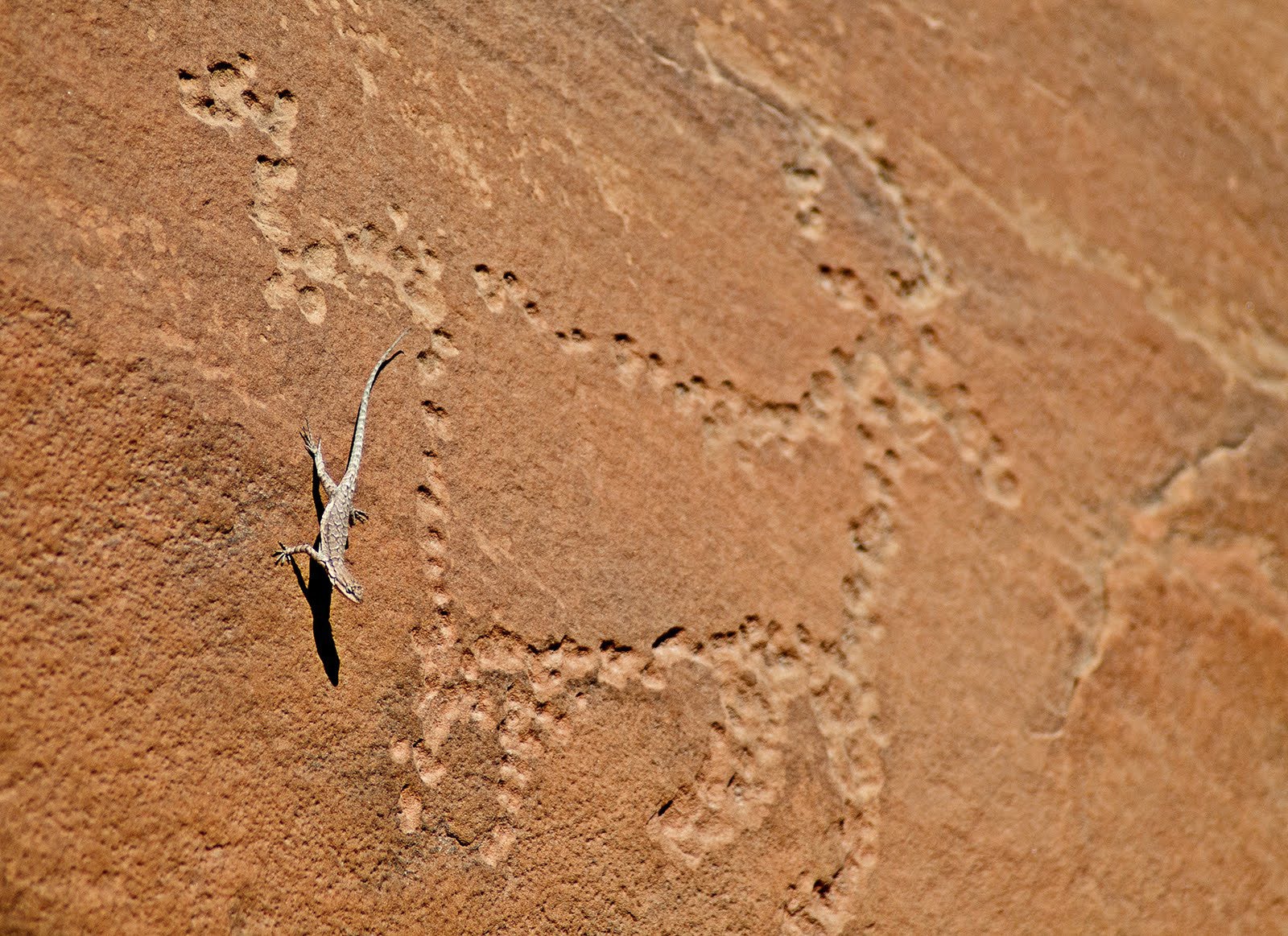
What is the Antiquities Act?
Signed into law in 1906 by President Theodore Roosevelt, the Antiquities Act is a legal framework for the protection of national treasures.
How often has the Antiquities Act been used?
Every president since Theodore Roosevelt — with the exceptions of Nixon, Reagan, and George H.W. Bush — has used the Antiquities Act to protect iconic places.
Are national monuments popular?
Yes! Tens of millions of people visit national monuments each year. And surveys of voters have consistently shown strong support for national monuments.
What have the courts said about the Antiquities Act?
Courts, including the Supreme Court, have uniformly upheld the president’s authority to designate national monuments and to determine how much land to protect.
Can presidents use the Antiquities Act to shrink or undo a national monument?
No. Any executive order revoking or diminishing a national monument would be contrary to law.
What economic benefits do national monuments bring?
Billions of dollars in economic output from visitors in 2023. A wide range of uses are allowed in national monuments, including rafting, hunting, fishing, and grazing.
What do people with strong ties to our national monuments say about them?
“Bears Ears is more than just a beautiful, rugged landscape; it is our ancestral home …”
— Anthony Sanchez Jr., Head Councilman, Zuni Tribe
What are current threats to national monuments?
The Trump administration is laying the groundwork for attacks on national monuments. Members of Congress are pushing legislation to gut the Antiquities Act.
Tell Interior Sec. Burgum that you support national monuments. Take action.
How is Earthjustice involved with national monuments?
We have decades of history defending national monuments, including challenging the first Trump administration’s dismantling of Bears Ears and Grand Staircase-Escalante National Monuments.
What is the Antiquities Act?
Signed into law in 1906 by President Theodore Roosevelt, the Antiquities Act is a legal framework for the protection of national treasures, including some of the West’s vast geologic wonders, vulnerable cultural sites, unique plant and animal life, and sites that memorialize some of our nation’s most important historical sites.
The law gives presidents the power to protect federal lands and waters — lands already owned by all Americans — that contain “objects” of extraordinary “historic or scientific” value by designating them as national monuments and safeguarding them from harm.
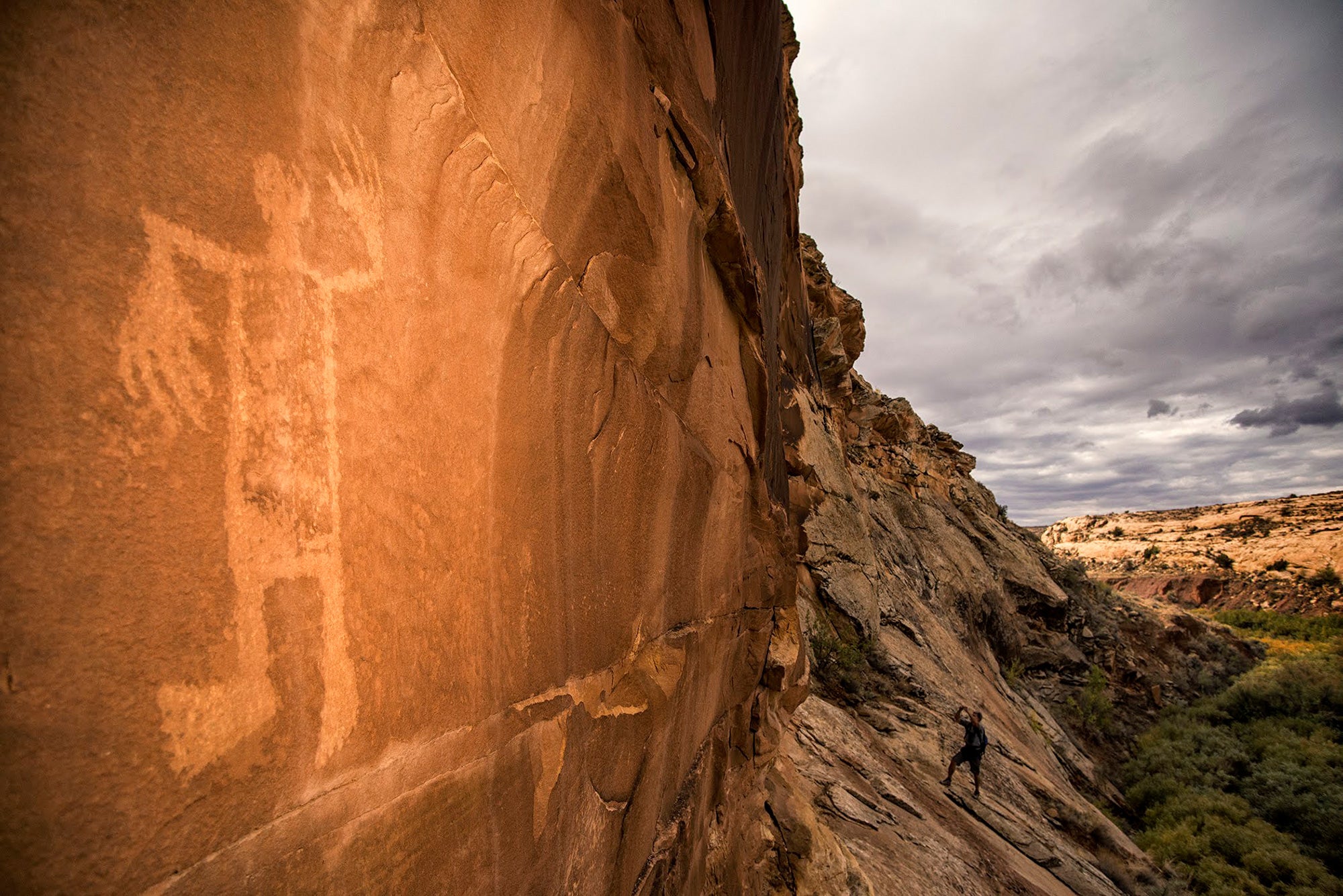
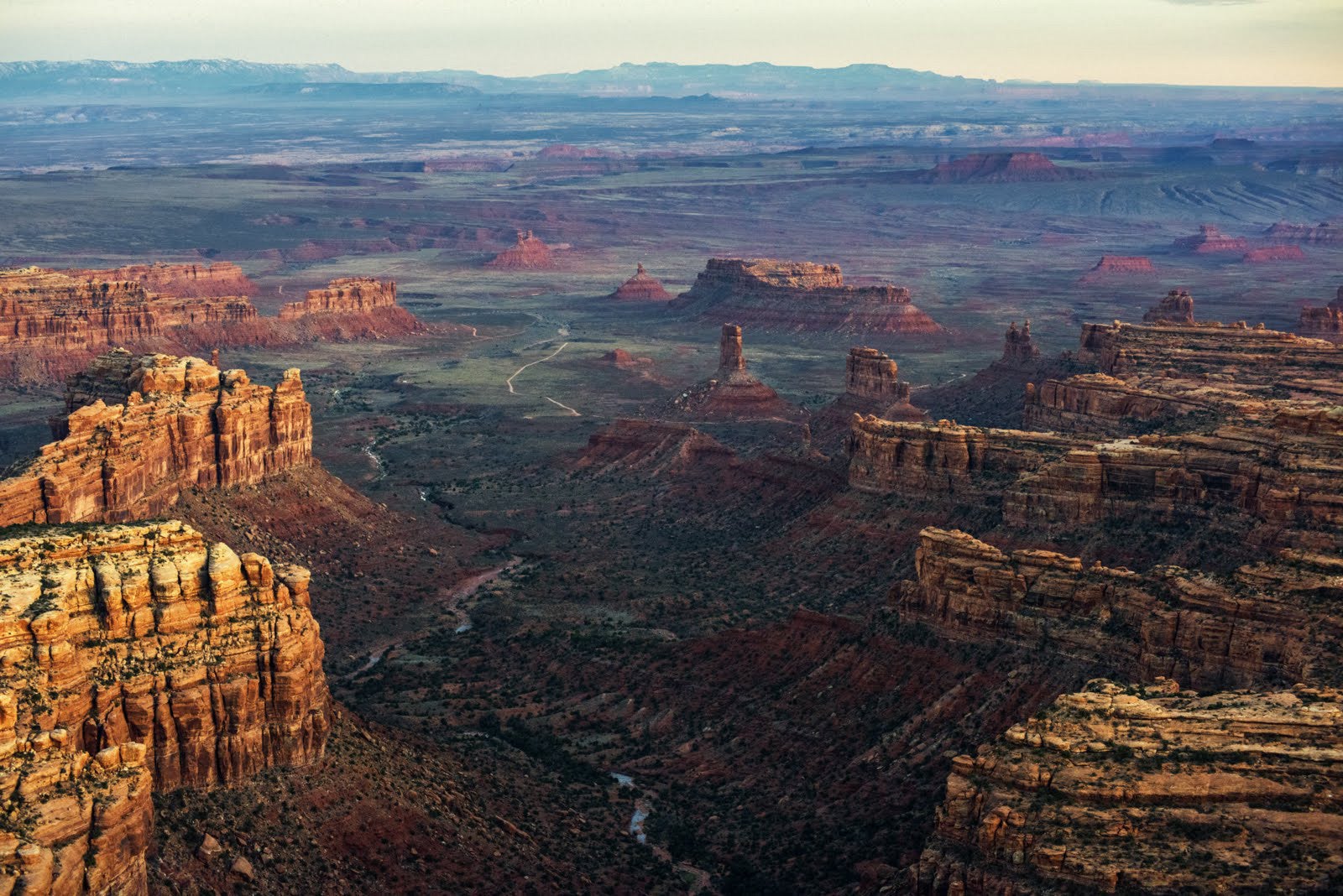
The Wolfman Panel (left) and the Valley of the Gods in Bears Ears National Monument. (© Tim Peterson)
The Wolfman Panel (top) and the Valley of the Gods in Bears Ears National Monument. (© Tim Peterson)
How often has the Antiquities Act been used?
Every president since Theodore Roosevelt — with the exceptions of Nixon, Reagan, and George H.W. Bush — has used the Antiquities Act to protect iconic places.
To date, presidents have designated 168 national monuments. Current national monuments — ranging in size from Stonewall National Monument’s tenth of an acre, to Grand Staircase-Escalante National Monument’s 1.8 million acres — are a small percentage of the estimated 640 million acres of federal land.

Theodore Roosevelt
26th President

William Taft
27th President
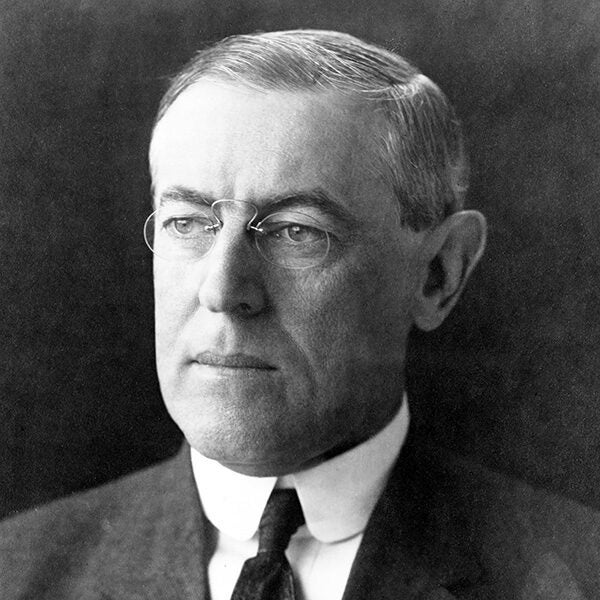
Woodrow Wilson
28th President
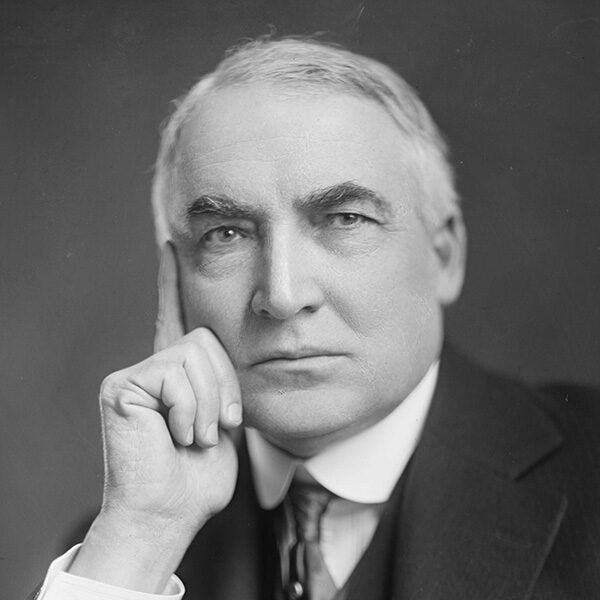
Warren G. Harding
29th President

Calvin Coolidge
30th President

Herbert Hoover
31st President

Franklin D. Roosevelt
32nd President

Harry S Truman
33rd President

Dwight Eisenhower
34th President

John F. Kennedy
35th President

Lyndon B. Johnson
36th President

Gerald Ford
38th President

Jimmy Carter
39th President

Bill Clinton
42nd President

George W. Bush
43rd President

Barack Obama
44th President

Donald Trump
45th President
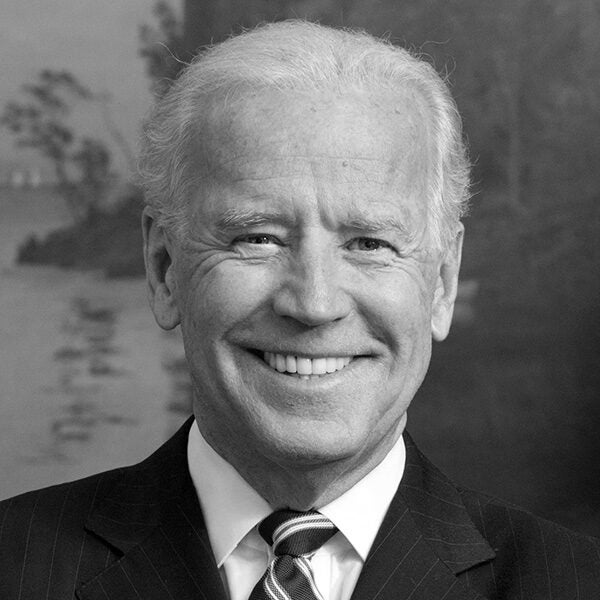
Joe Biden
46th President
Approximately half of the country’s national parks were first protected as national monuments under the Antiquities Act, including Acadia, Olympic, Zion, and Grand Canyon National Parks.
The Antiquities Act is also used to protect significant cultural heritage sites, such as César Chávez’s family home, and to tell the more complete story of our nation.
Are national monuments popular?
Yes! An Aug. 2024 analysis from the National Park Service reported more than 20 million visits to national monuments during the previous year, with Cabrillo, Muir Woods, and Cedar Breaks National Monuments among some of the most popular destinations.
Additionally, surveys of voters across the Mountain West, and in state-specific polling in Arizona and Utah, have consistently found strong support for national monuments.
4 in 5 self-identified “MAGA” voters support keeping existing national monument designations in place
89% of voters oppose reducing or removing national monument protections
72% of Westerners want their elected officials to place more emphasis on protecting clean water sources, air quality, and wildlife habitat, while providing opportunities to visit and recreate on public lands
Voters surveyed in Arizona, Colorado, Idaho, Montana, Nevada, New Mexico, Utah, Wyoming.
What have the courts said about the Antiquities Act?
Courts, including the Supreme Court, have uniformly upheld the president’s authority to designate national monuments and to determine how much land to protect. No court has ever overturned a president’s monument designation.
- Over a century ago, in Cameron v. United States, the U.S. Supreme Court recognized the president’s authority to designate monuments protecting large landscapes by upholding the validity of the 800,000-acre Grand Canyon National Monument.
- In two subsequent cases — Cappaert v. United States and Alaska v. United States — the U.S. Supreme Court confirmed that presidents may designate national monuments to protect wildlife and their habitat.
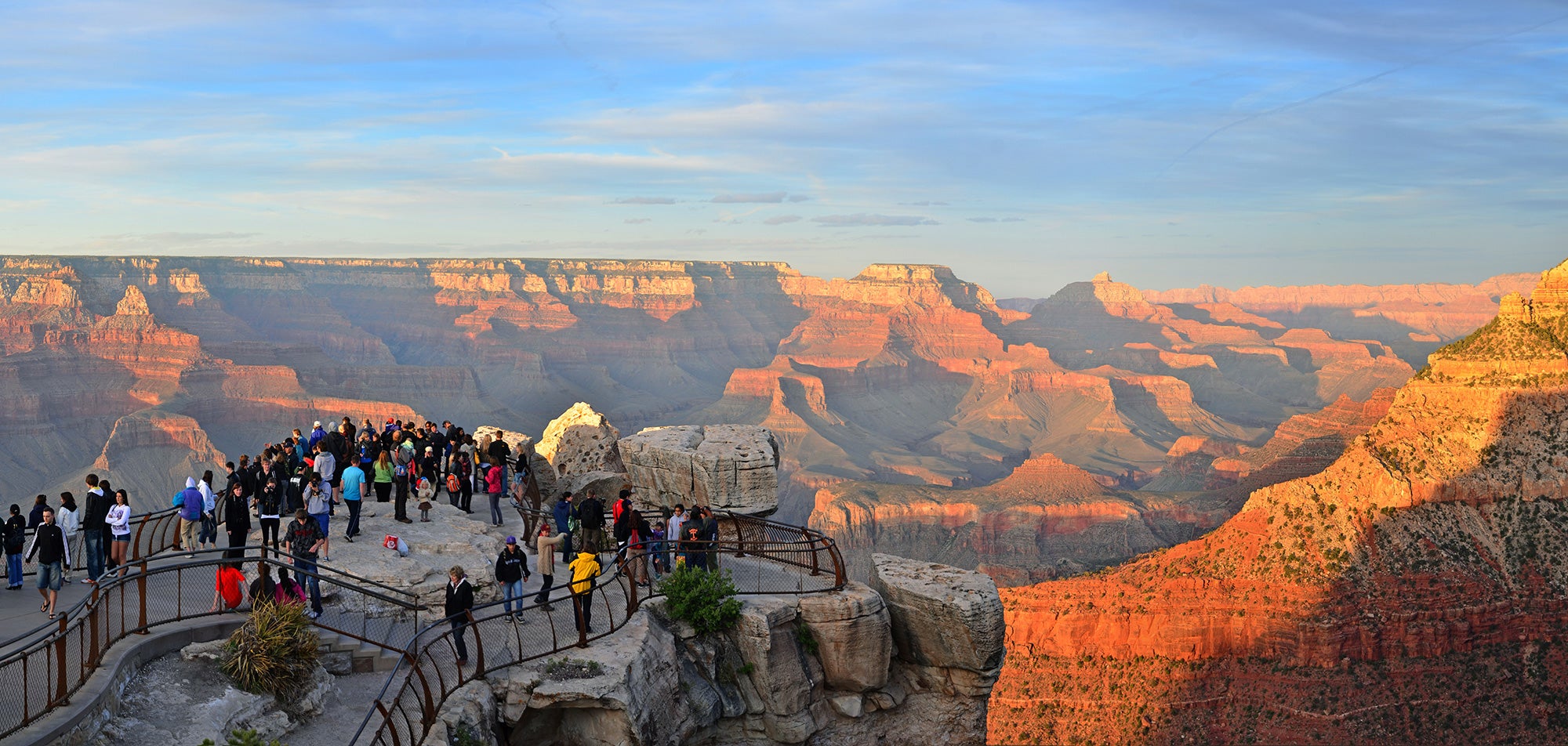
Lower courts have also agreed that landscapes, ecosystems, and wildlife are protectable “objects” under the Antiquities Act.
- In Mountain States Legal Foundation v. Bush, the D.C. Circuit Court of Appeals rejected the argument that “Congress intended only to preserve ruins, artifacts, and other manmade objects situated on public lands – but not the land itself.”
- In Tulare County v. Bush, the D.C. Circuit held that “ecosystems and scenic vistas” are protectable objects of interest under the Act.
- And in affirming the validity of the Grand Staircase-Escalante National Monument in Utah Association of Counties v. Bush, the U.S. District Court for the District of Utah rejected the argument that the Antiquities Act could be used only to protect “man-made objects,” noting several instances in which the U.S. Supreme Court upheld the designation of natural objects in national monuments.
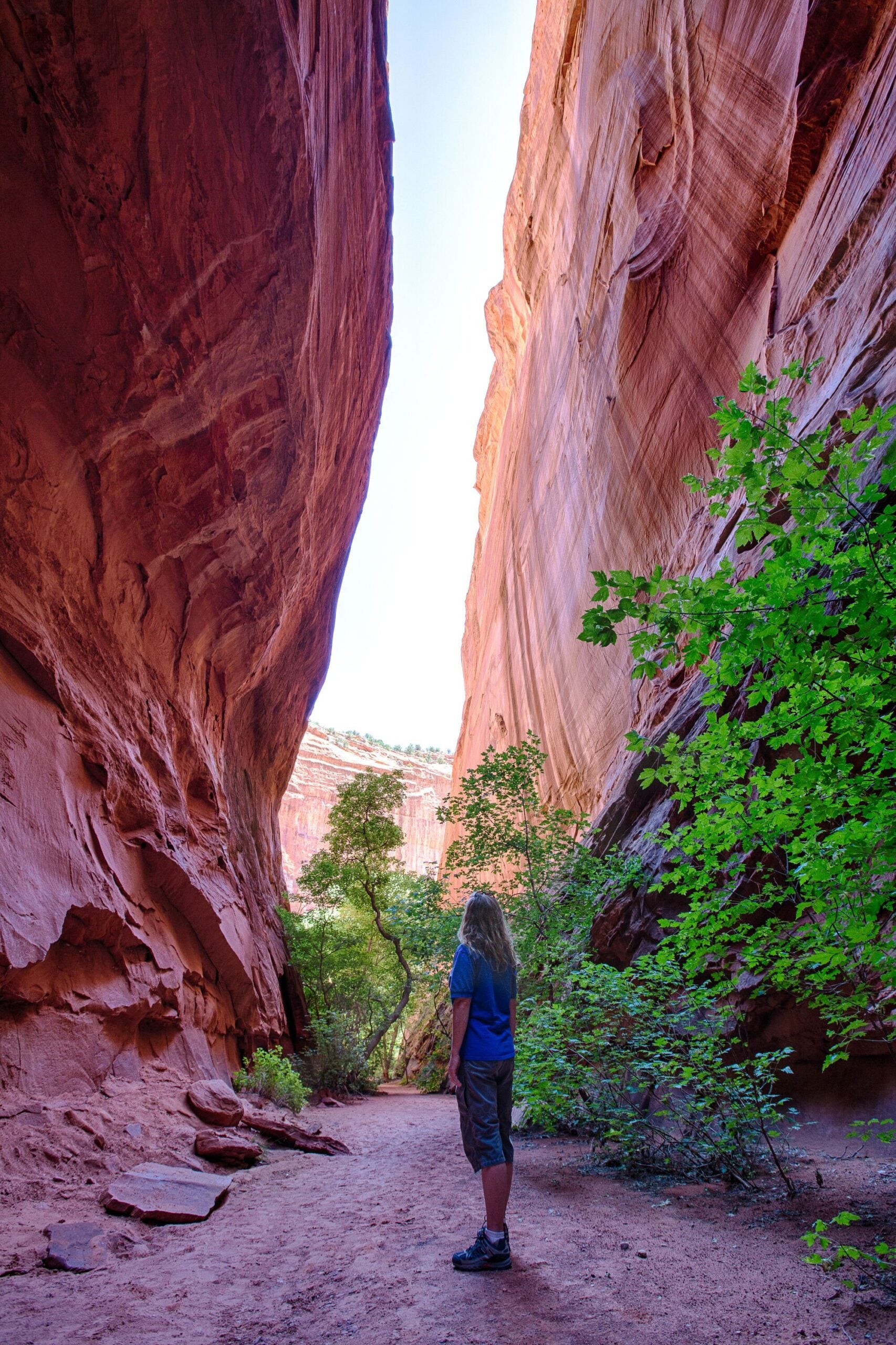
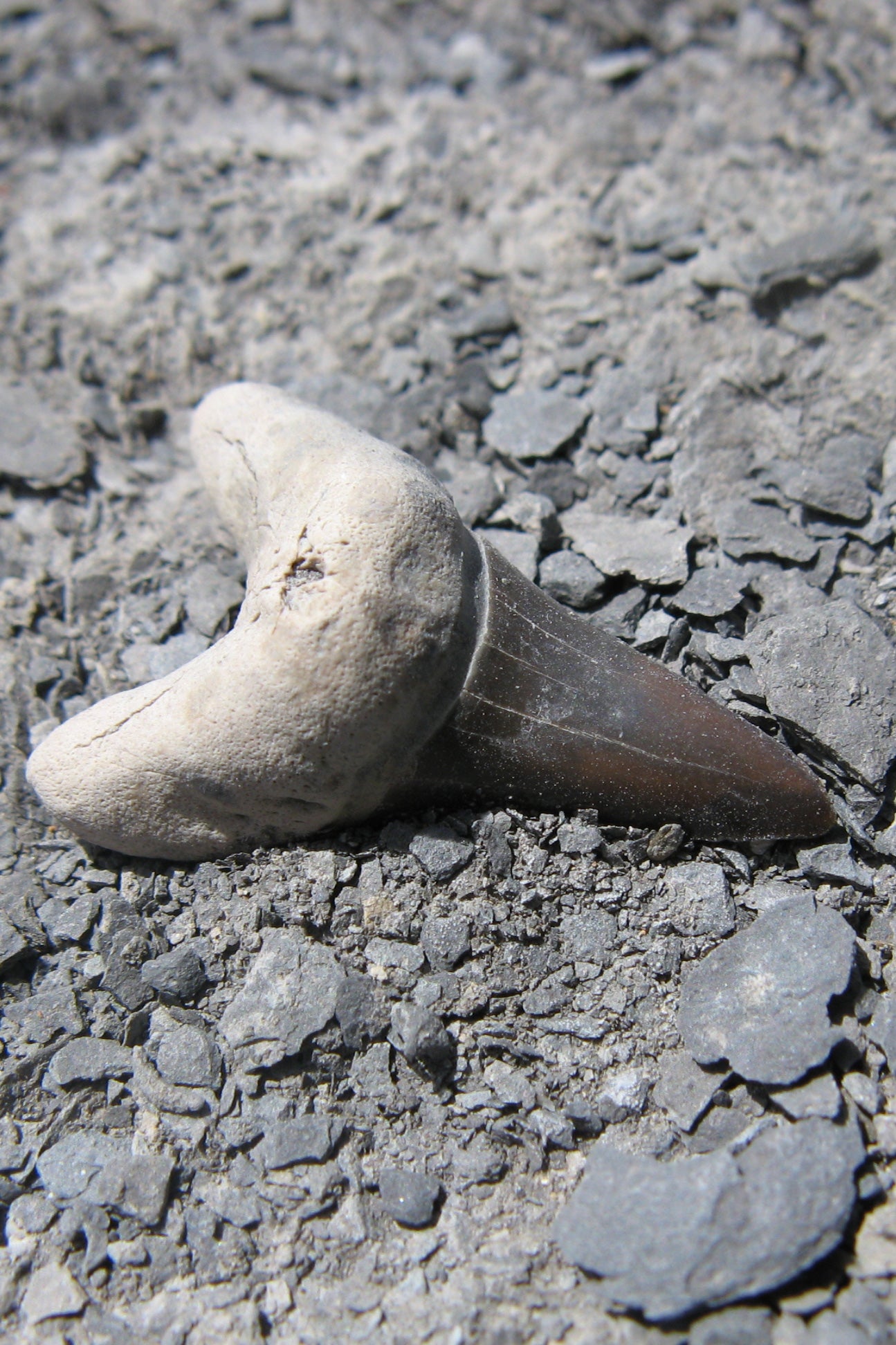
Grand Staircase-Escalante National Monument encompasses vermillion slot canyons and dinosaur fossils found nowhere else in the world. (Left: Bob Wick / BLM. Right: BLM Utah)
Grand Staircase-Escalante National Monument encompasses vermillion slot canyons and dinosaur fossils found nowhere else in the world. (Top: Bob Wick / BLM. Bottom: BLM Utah)
Can presidents use the Antiquities Act to shrink or undo a national monument?
No. Any executive order revoking or diminishing a national monument would be contrary to law.
The Antiquities Act authorizes the president to take only two actions:
- to “declare … objects of historic or scientific interest … to be national monuments,”
- and, when doing so, to “reserve parcels of land as a part of the national monuments” to protect the historic and scientific objects.
Nothing in the Antiquities Act authorizes the president to remove parcels of land from a national monument, or otherwise to diminish or dismantle an existing monument.
The Congressional Research Service — the nonpartisan government agency that provides policy and legal analysis to the U.S. House of Representatives and the Senate — has stated that the Antiquities Act does not authorize the president to repeal national monument designations:
“The Antiquities Act does not expressly authorize the President to modify or abolish national monuments established by earlier presidential proclamation.”
Numerous legal scholars have reached the same conclusion.
The first Trump administration — in the largest rollback of federal land protection in the nation’s history — issued two proclamations in 2017 to strip monument protections from half of Grand Staircase-Escalante National Monument and nearly 90% of Bears Ears National Monument. On behalf of our clients, Earthjustice challenged the illegal actions. While the judge has not ruled on the merits, our lawsuits put Trump's attack on the monuments in legal limbo until protections were fully restored by the Biden administration.
Congress’s intent was clear: The Antiquities Act is to be used by presidents to protect the nation’s archaeological, cultural, and scientific wonders — not to enable their destruction.
What economic benefits do national monuments bring?
National monuments are a good investment.
In 2023, national monuments generated billions of dollars in economic output from recreation visitors, all while allowing a wide range of uses, including hiking, rafting, hunting, and fishing.
For context, public-land cattle and sheep grazing nationwide generated $616 million in 2017, according to a U.S. Forest Service estimate, while using nearly ten times the amount of public land — 155 million acres versus 17 million acres of public land.
Even before the pandemic supercharged the outdoor recreation economy, a 2020 study of communities near 14 national monuments designated between 1991 and 2014 demonstrated that boosts in new businesses and jobs were associated with national monuments.
Designating more national monuments can provide additional economic certainty to communities that are increasingly taking advantage of new opportunities in outdoor recreation businesses and tourism to power their local economies.
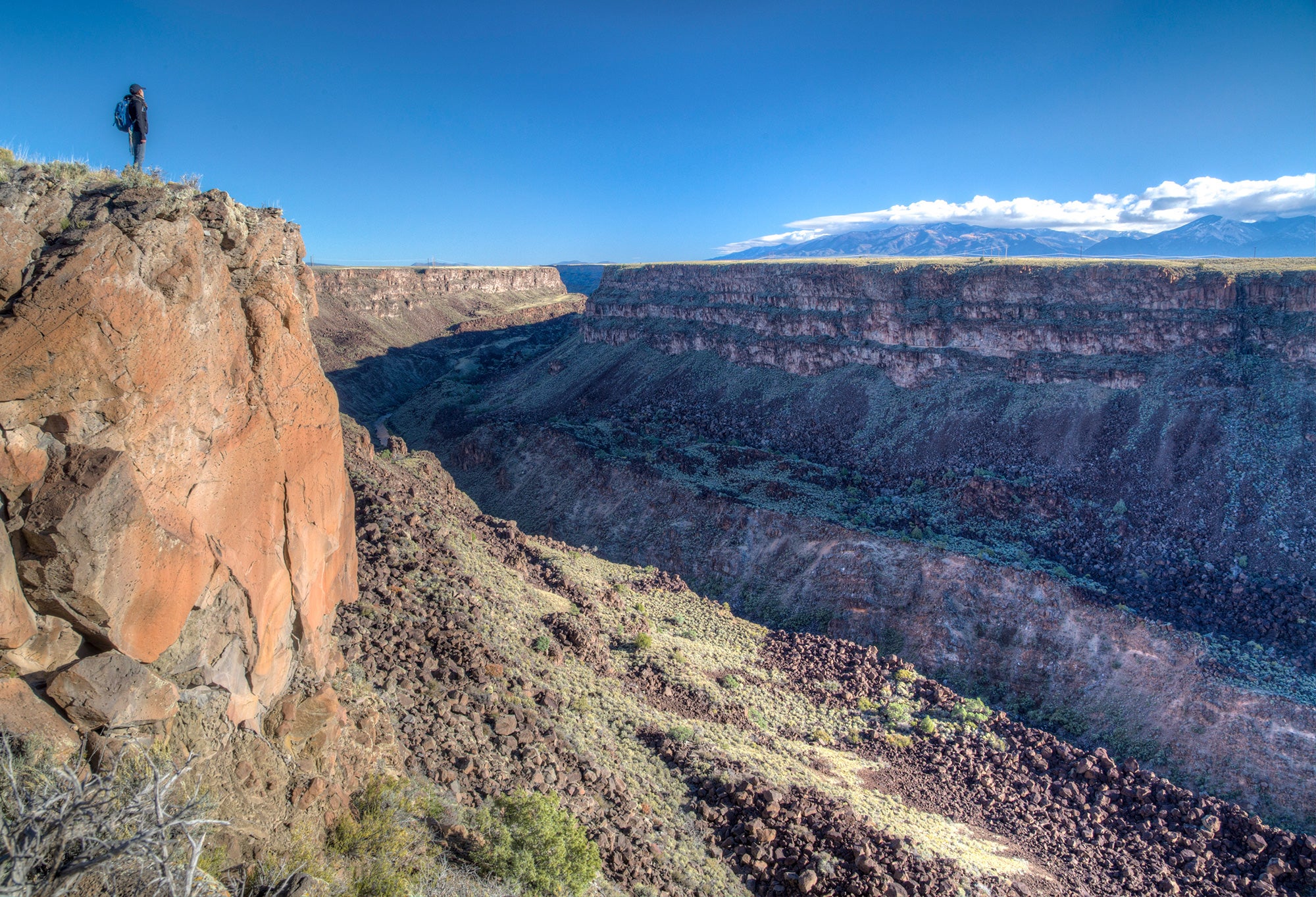


What do people with strong ties to our national monuments say about them?
“Our lifeways are inherently and forever intertwined with the integrity of this land.
“To threaten protections for Baaj Nwaavjo I’tah Kukveni is to threaten the destruction of our own identity and culture as Hualapai people.”
Chairman of the Hualapai Tribe
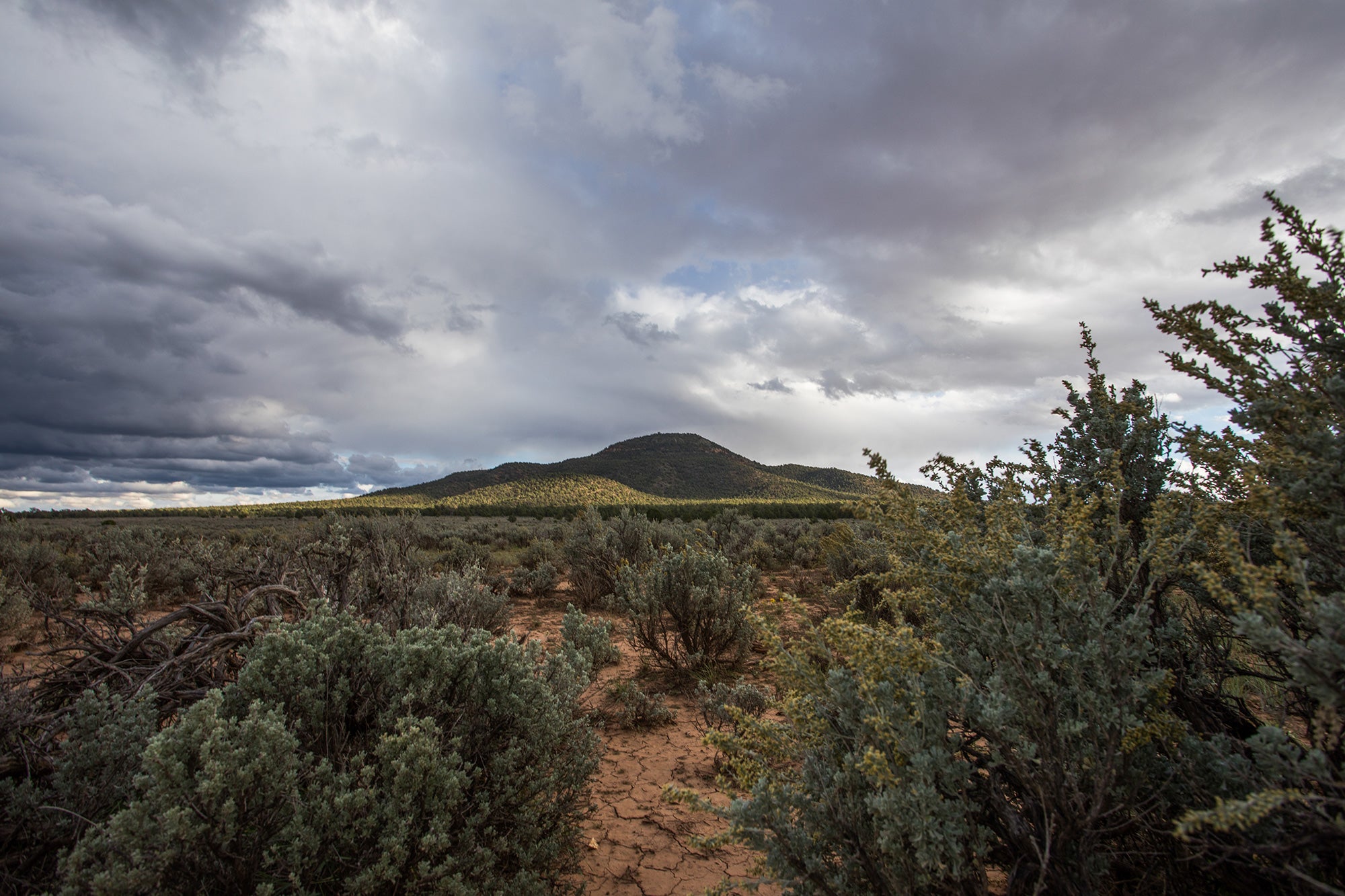
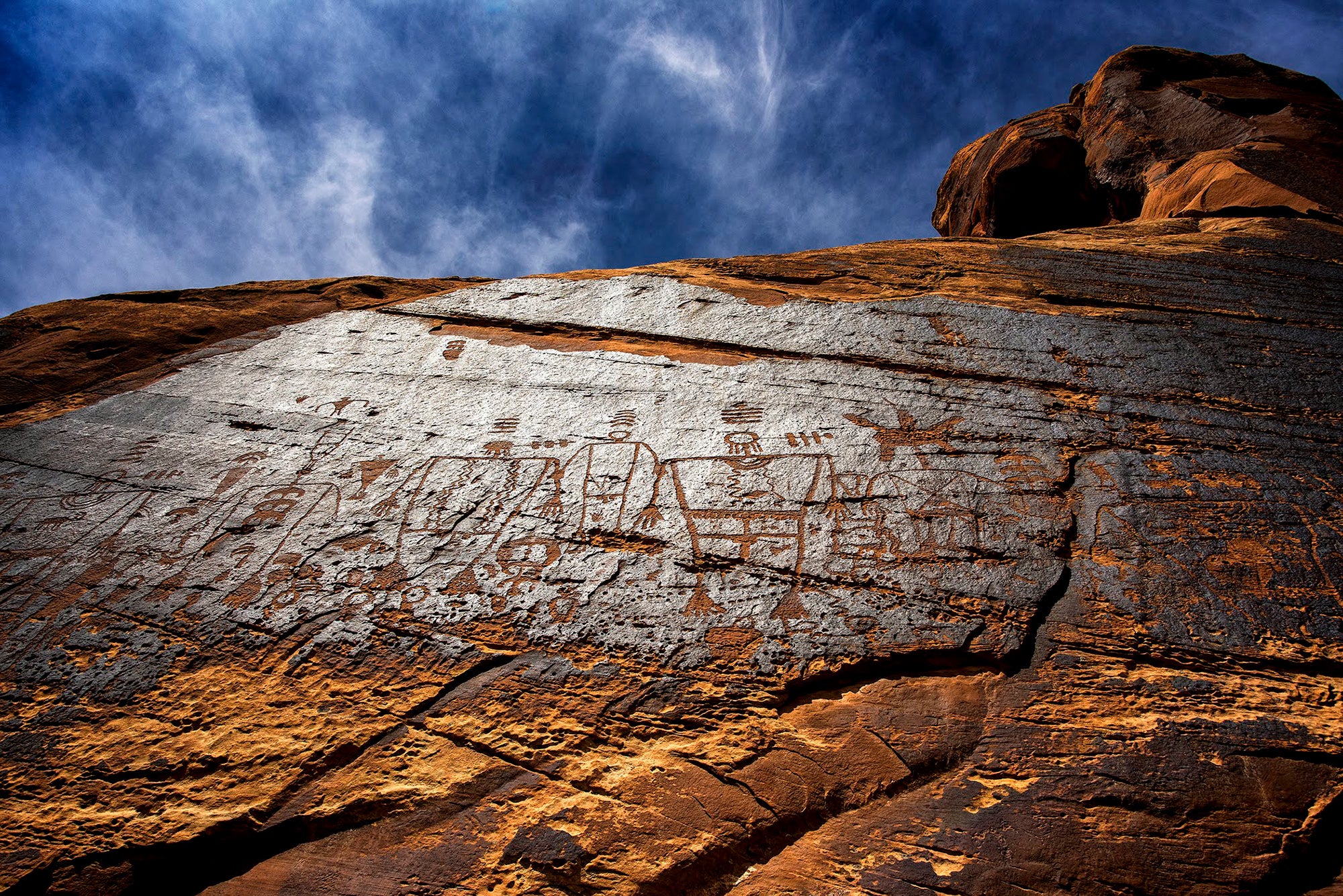
“Bears Ears is more than just a beautiful, rugged landscape; it is our ancestral home, where the narratives of our people are etched into the cliffs, passed on in our songs, and deeply rooted in the land itself.
“It connects us with our past, and give us a sense of both peace and inspiration — which underscores our collective responsibility to protect it.”
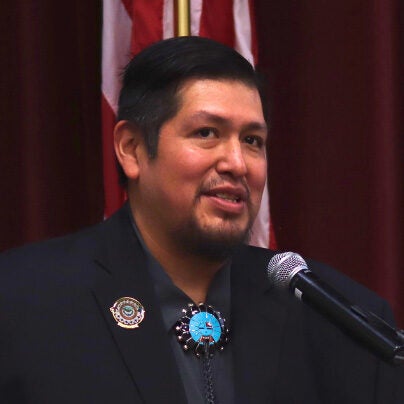
Head Councilman for the Zuni Tribe and Co-Chair of the Bears Ears Commission and Bears Ears Inter-Tribal Coalition
“As a small business founder, I cannot stress enough the value of permanently protected public land such as the Rio Grande del Norte National Monument. If national monuments are abolished, businesses like mine could disappear and the rural economies that depend on them will suffer.”
Business owner and Director of Friends of Rio Grande del Norte National Monument
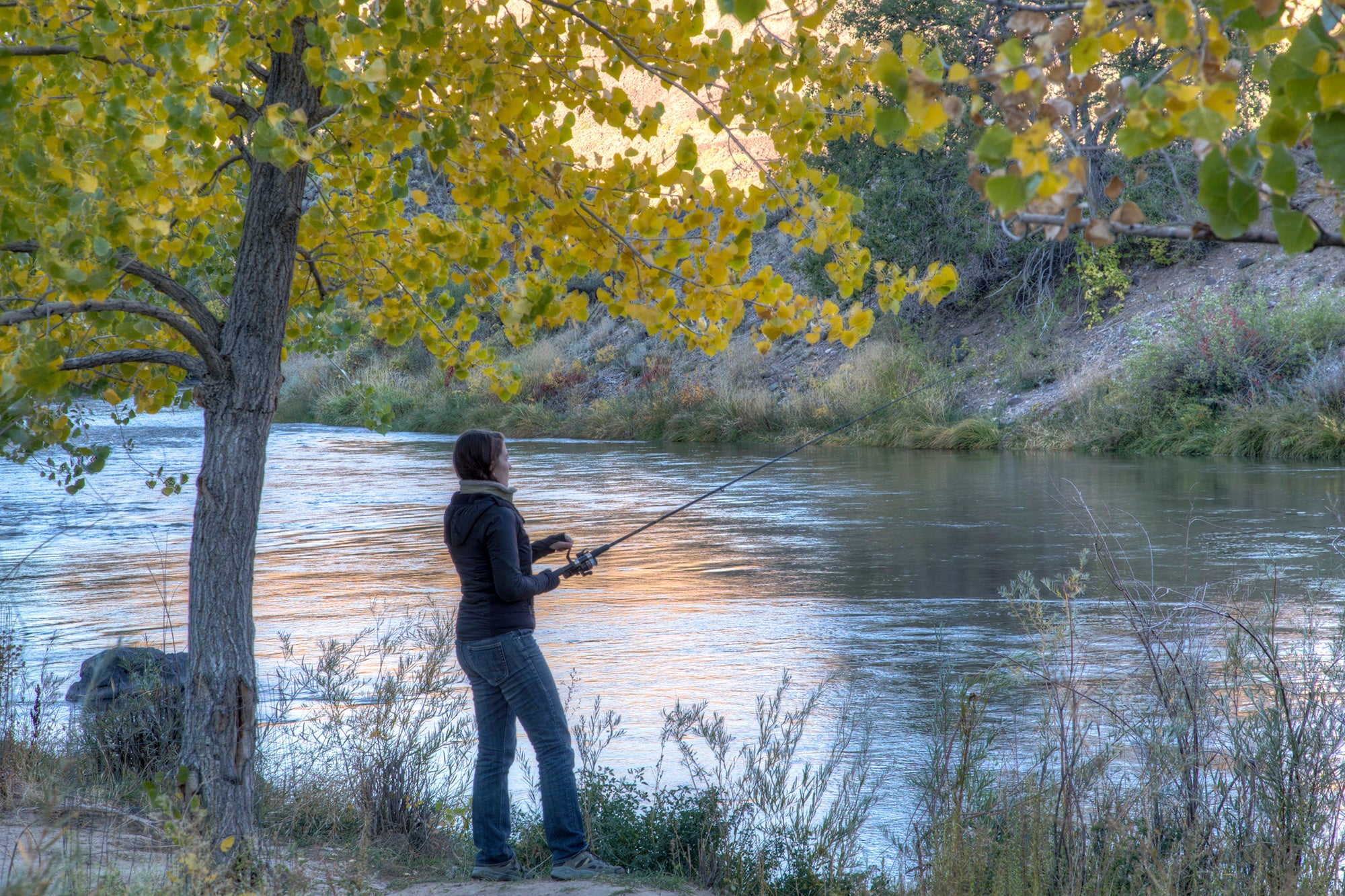
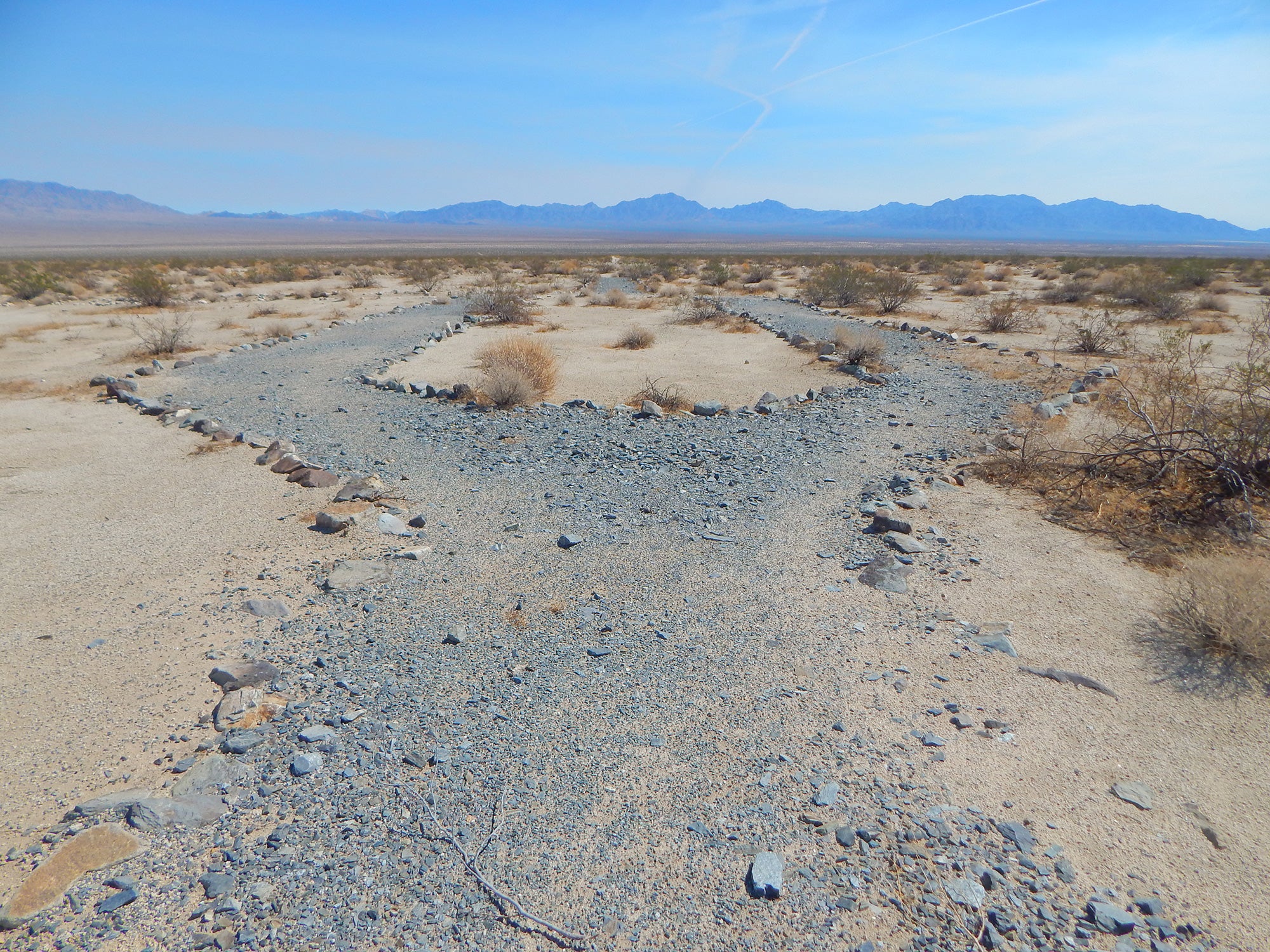
“Chuckwalla National Monument isn’t just a stretch of land — it’s a historic military training ground where American troops honed their skills in the unforgiving desert before heading into battle during WWII.
“It’s a place of deep significance where veterans and civilians alike find recreation, reflection, and refuge.”
CEO of Vet Voice Foundation and U.S. Marine Corps. veteran
“As a Quechan Tribal leader, I carry the responsibility of protecting our ancestral lands and ensuring that future generations can walk alongside the same trails, visit our shared sacred places, and continue the traditions of our people.”
Tribal Councilman for the Fort Yuma Quechan Indian Tribe
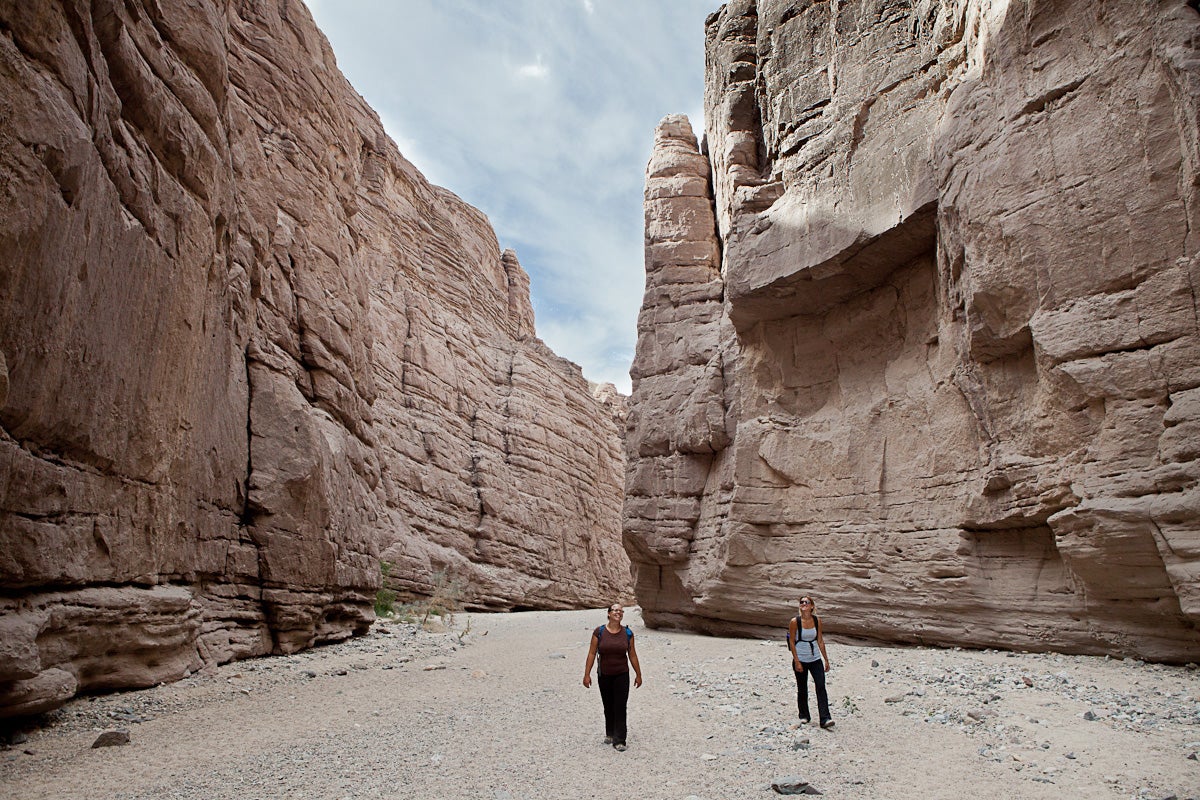
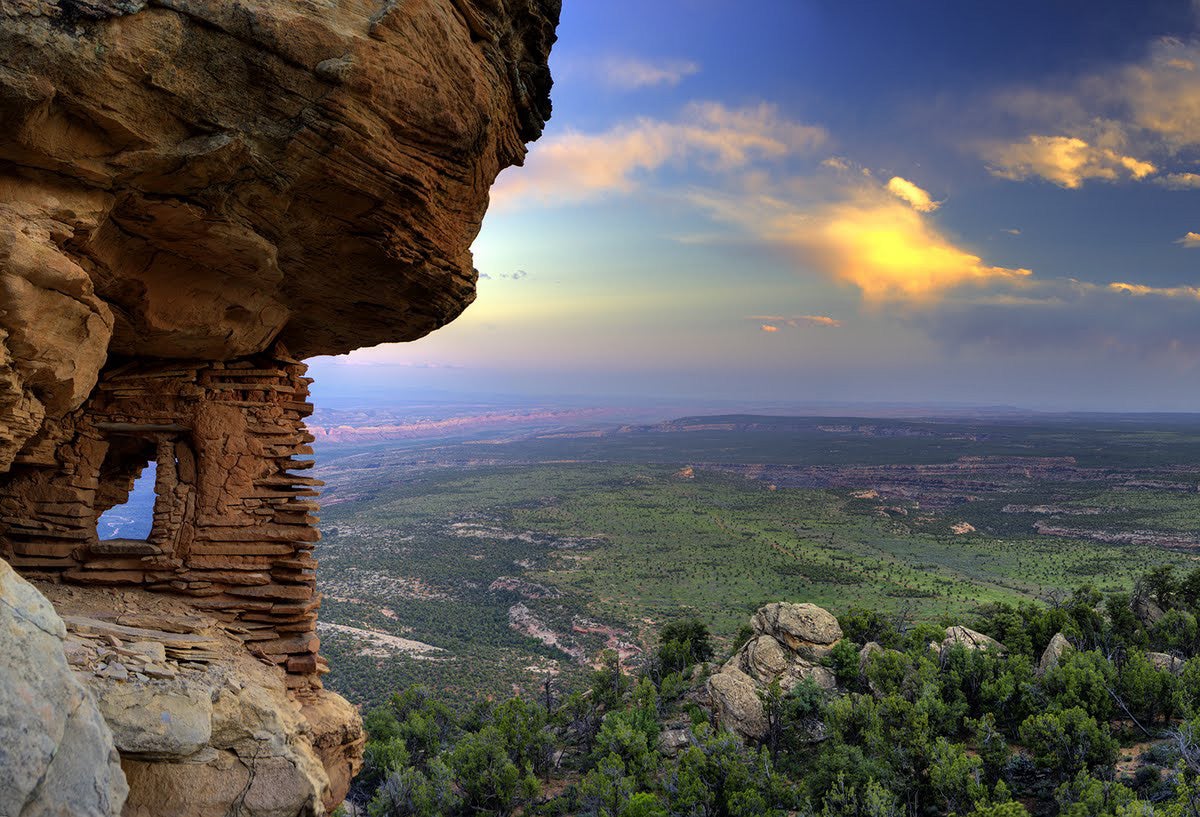
“The lands within the present boundaries of Bears Ears and Grand Staircase/Escalante National Monuments have a remarkable archaeological record, including an estimated more than 100,000 archaeological sites.
“Once a cultural resource (such as an archaeological feature or site) is harmed, this resource is irretrievably lost.”

Executive Director of the American Anthropological Association (2012-2023)
“Grand Staircase-Escalante National Monument preserves a truly outstanding record from the Age of Dinosaurs, one that we have only recently begun to appreciate.
“GSENM contains a one-of-a-kind treasure trove of fossils deserving of both long term study and long term protection.”

Executive director and William R. and Gretchen B. Kimball Chair at the California Academy of Sciences
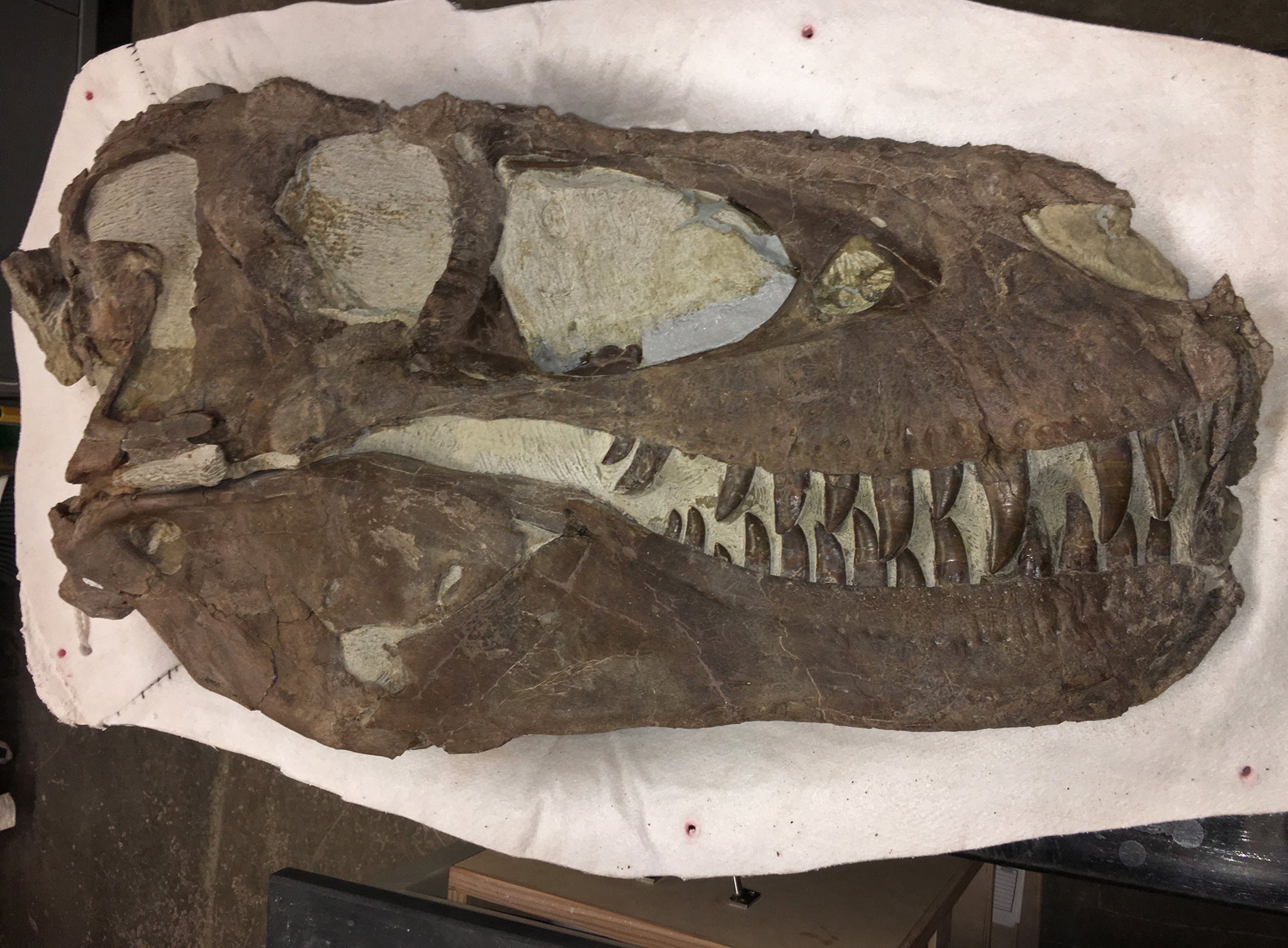
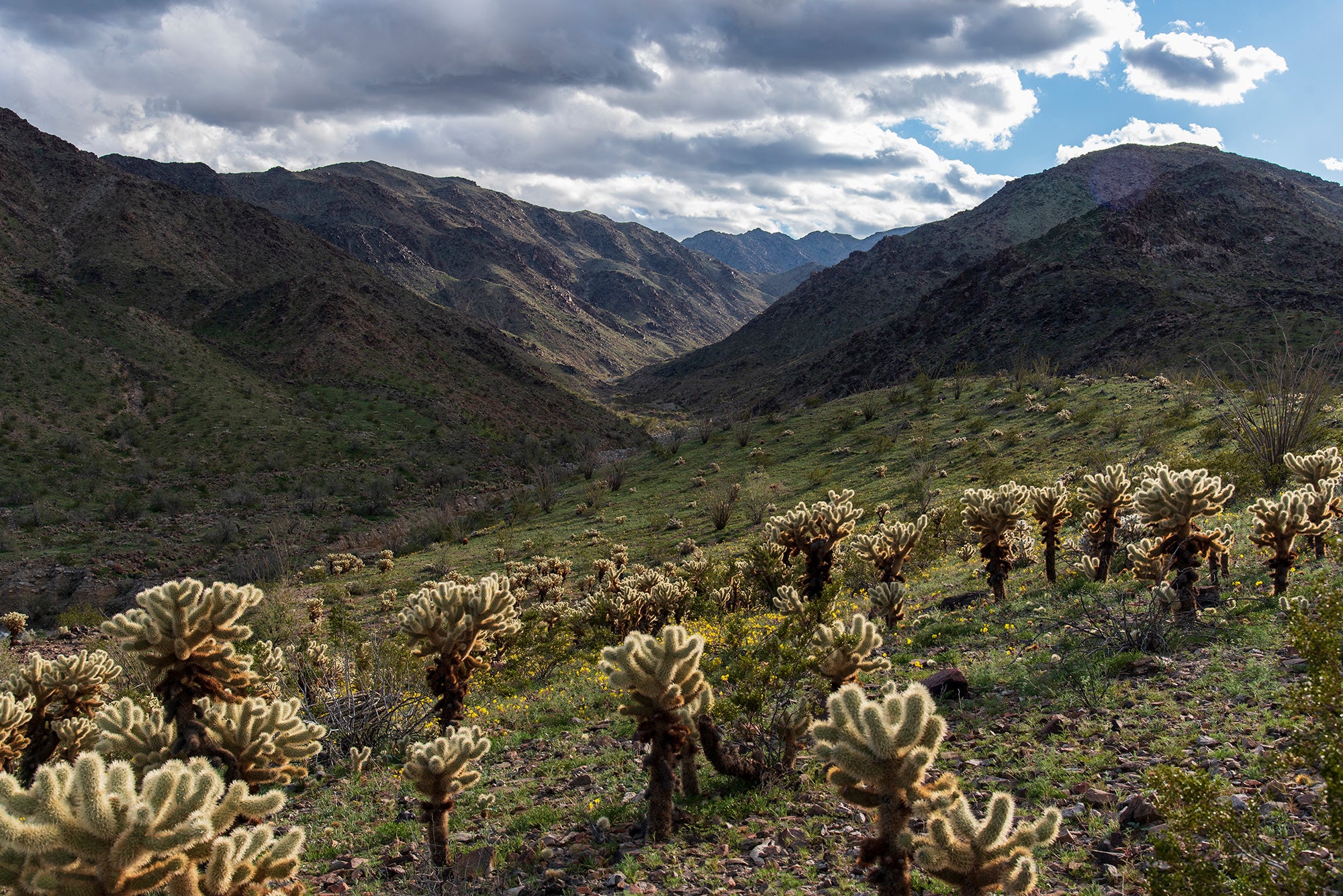
“The story of Chuckwalla encompasses the past, present and now more than ever — it’s about the future.”
Tribal Councilmember for the Fort Yuma Quechan Indian Tribe
“Many of us come from multi-generational families of hunters and/or military veterans and, as such, we have embraced the immense responsibility of protecting public lands and democracy. Diminishing any wild public lands, waters, and wildlife anywhere speaks to a fundamental disregard for the hunters, anglers, and the servicemembers and veterans of this great nation.
“Public lands are not a left or right issue, they’re an American issue.”

Hunter, author, former Air Force missile launch officer. Involved with efforts to protect public lands for more than two decades
“Shrinking our national monuments is deeply unpopular in Utah and around the world, and shows contempt for the Native Nations that have worked tirelessly to protect these irreplaceable cultural landscapes.”

Cultural Landscapes Director at Grand Canyon Trust
“There is still a great deal to learn from these Monuments. If they were once again reduced in size, these irreplaceable cultural treasures would lose the maximum level of protection they deserve.”
President of the Society for American Archaeology and Professor of Anthropology and Climate Studies at the University of Maine
“National monuments — like those found throughout New Mexico — play an essential role in protecting wildlife corridors, enshrining traditional ways of life, and hunting opportunities. Attacking any one monument threatens the whole system of interconnected lands and habitat.”
Board member of New Mexico Backcountry Hunters and Anglers
What are current threats to national monuments?
National monuments are facing ongoing threats from both the Trump administration and Congress.
The Trump administration is considering an attack on at least six national monuments across the American West to hand over to industry some of America’s most important public lands, according to a report in the Washington Post.
The report indicates that the Interior Department is considering illegal boundary reductions and stripped federal protections for:
- Baaj Nwaavjo I’tah Kukveni-Ancestral Footprints of the Grand Canyon National Monument
- Ironwood Forest National Monument
- Chuckwalla National Monument
- Organ Mountains-Desert Peaks National Monument
- Bears Ears National Monument, and
- Grand Staircase-Escalante National Monument
These six national monuments comprise over 5 million acres of public land in Arizona, California, New Mexico, and Utah.
“An attack on any of these national monuments would be illegal,” said Drew Caputo, Vice President of Litigation for Lands, Wildlife, and Oceans at Earthjustice. “There’s a reason Tribes, local communities, and small businesses have fought for decades to protect these places: their cultural and historic significance, combined with their astounding natural beauty and biological value, make them among our most important public lands.”
The Trump administration has also signed a proclamation attempting to open the Pacific Islands Heritage Marine National Monument to commercial fishing.
Earthjustice and our partners are prepared to vigorously defend our public lands against any attack from the Trump administration.
At the same time, members of Congress are pushing legislation to gut the Antiquities Act. U.S. Representatives have introduced legislation that would radically alter the Antiquities Act by removing the presidential power to declare national monuments and give that power only to Congress.
We anticipate additional attacks in the months to come that Earthjustice and our partners will work to fend off. How you can take action to support monuments.
How is Earthjustice involved with national monuments?
Earthjustice has decades of history defending national monuments and the Antiquities Act itself — from litigation in the 1980s to protect Misty Fjords National Monument, into the 2000s to protect Giant Sequoia and Canyon of the Ancients National Monuments, and many more.
Inside the Legal Case
“We stand ready to defend our monuments alongside the tribes, conservation organizations and local communities who advocated for their creation.”
— From The Trump administration poses a significant threat to Utah’s national monuments and America’s natural heritage, by Steve Bloch, Aaron Paul, and Heidi McIntosh, in the Salt Lake Tribune
More recently, in 2025, Earthjustice is representing nine organizations in following the Ft. Yuma Quechan Indian Tribe, Torres Martinez Desert Cahuilla Indians, and three other Tribal Nations in filing a motion to intervene in a lawsuit to defend the Chuckwalla National Monument.
In 2017, Earthjustice filed lawsuits challenging President Trump’s dismantling of Bears Ears and Grand Staircase-Escalante National Monuments. After President Biden restored the monuments in 2021, we successfully intervened in a legal challenge to that restoration.
And in 2024, on behalf of our clients, Earthjustice moved to intervene in defense of President Biden’s designation of Baaj Nwaavjo I’tah Kukveni – Ancestral Footprints of the Grand Canyon National Monument in Arizona. Earlier this year, the U.S. District Court for the District of Arizona dismissed the attempt to undo the designation of Baaj Nwaavjo I’tah Kukveni National Monument.
“Our public lands exist for the benefit and enjoyment of all Americans, not for industry to plunder,” explains Heidi McIntosh, managing attorney of Earthjustice’s Rocky Mountain Office.
What can I do?
Send a message to Interior Secretary Doug Burgum that you support national monuments.
Buried in series of Secretarial Orders issued by Sec. Burgum was a single line — cloaked in obscure legal language — to quietly lay the groundwork for future attacks on national monuments and areas currently protected from mining and oil and gas drilling.
No matter who is in the White House, one thing remains true: Americans of all political persuasions want to protect public lands.
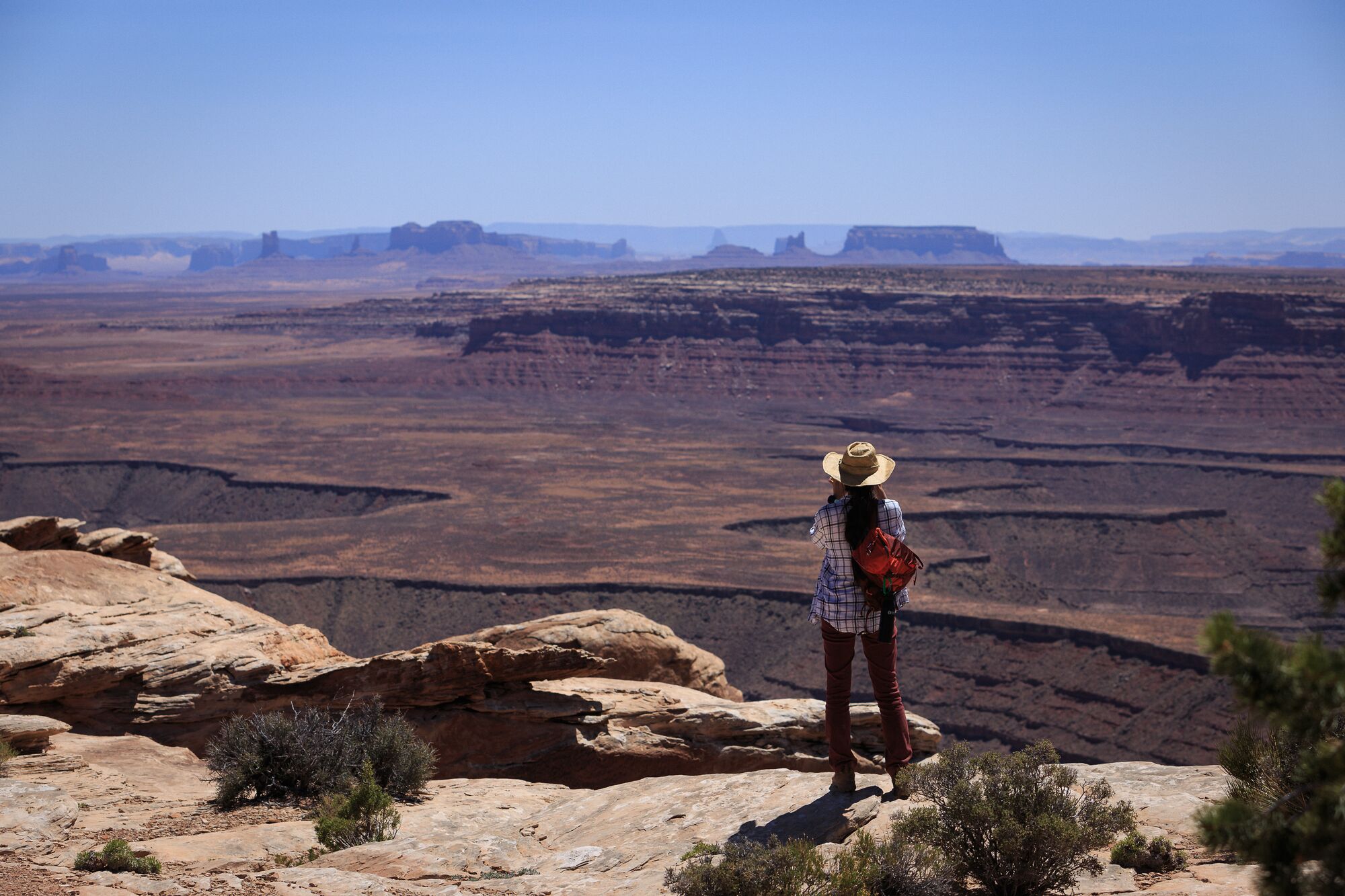
Established in 1989, Earthjustice's Policy & Legislation team works with champions in Congress to craft legislation that supports and extends our legal gains.
Earthjustice’s Rocky Mountain office protects the region’s iconic public lands, wildlife species, and precious water resources; defends Tribes and disparately impacted communities fighting to live in a healthy environment; and works to accelerate the region’s transition to 100% clean energy.
